1691 people reached on Facebook Lassi with Lavina page
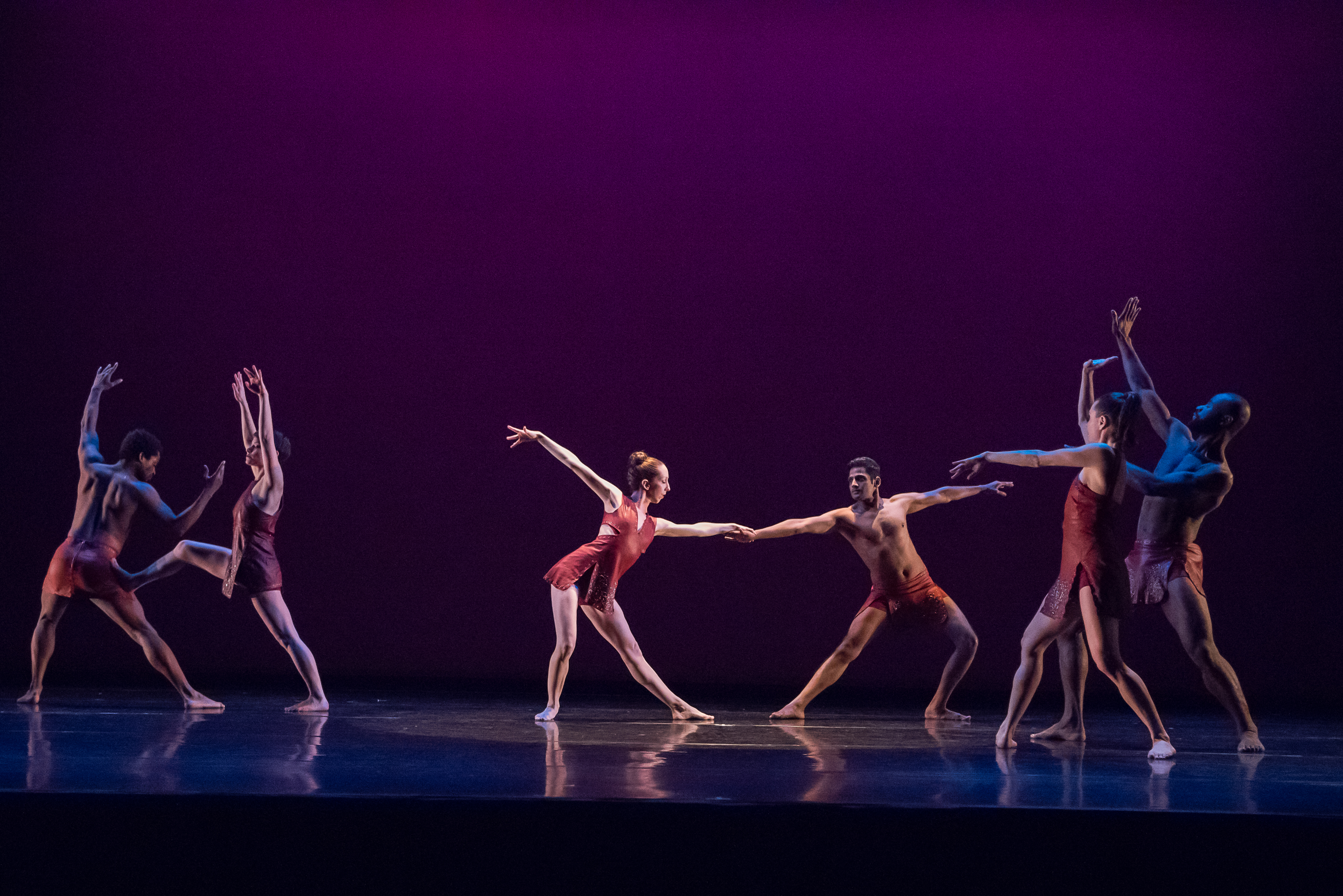
[dropcap] S[/dropcap]ometimes decades seem to pass in the blink of an eye. It’s hard to imagine that 40 years have passed since Jonathan Hollander first began his unending journey to India. He first traveled there as a Fulbright lecturer and received fellowships from the National Endowments for the Arts. It was a full-blown love affair with India where he stepped into the niches and corners of the real India, and became profoundly influenced by the Indian ethos. Over the years he has been responsible for a rich dialogue between the language of dance in India and the US, and indeed globally.
Whether it’s as the artistic director and president of Battery Dance or teaching choreography to young people through Dancing to Connect, Hollander has always added to the dance vocabulary. And now with his new work, the Durga Project, things seems to have come full circle: India is still a part of the story, after forty years.
[dropcap]H[/dropcap]ollander incorporates many Indian influences into his choreography and his Battery Dance Company has been responsible for arranging the US national tours of many Indian troupes including Jhaveri Sisters Manipuri Dance Troupe, Mallika Sarabhai’s Darpana Academy and Chitrasena Dance Company.
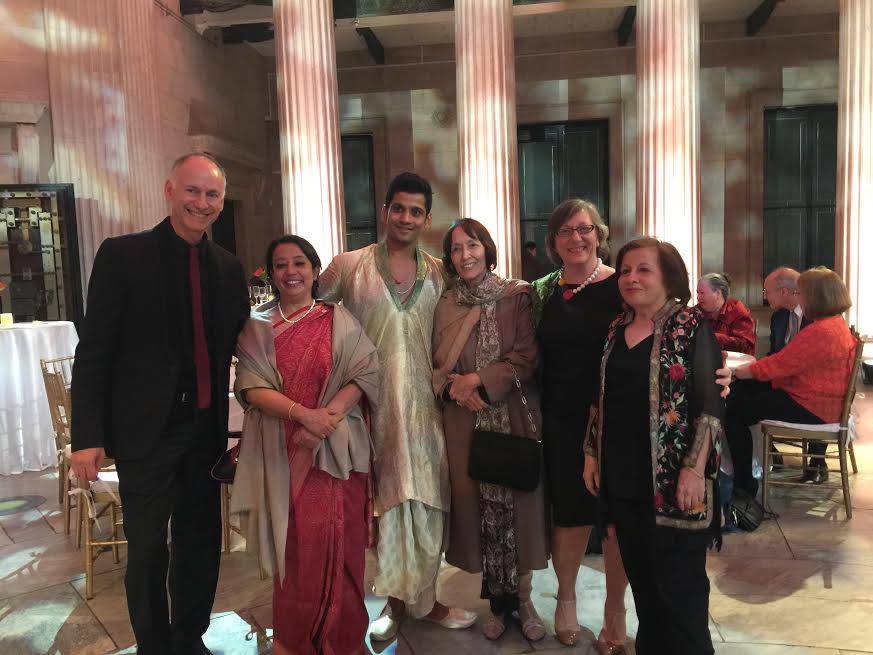
[dropcap]I [/dropcap]remember interviewing Hollander in the 1990’s, after his many frequent visits to India which was indeed home to him. One day he told me about one of his early visits to India – and this powerful story has stayed with me.
“I met a sitar player who showed me his hands,” he said. “They were covered with thick, tough calluses. Having taken sitar lessons, I knew you don’t get calluses like that unless you’ve played for years; those strings can really mess up with your hands. The musician told me that he had sacrificed his fingers, his hands, his life, for his craft. This really sank deep; the dedication to art in India is almost religious in its single-mindedness.”
Indeed this passion, this madness for excellence is what Jonathan Hollander has acquired from his many visits to India, and he has used this mantra globally – with varied countries, with young children and with dancers and musicians across the world stage, always with a New York sensibility. Be it the Battery Dance Company producing the dance festival for 35 years, offering arts programs for children in New York public schools or the international touring which has taken the dance company to over 65 countries. Erasing Borders – a festival of Indian dance – is also presented by Aroon Shivdasani’s IAAC in collaboration with Hollander’s Battery Downtown Festival .
For Hollander, friends across borders have become family and no story ever ends – it becomes part of a richer, more complex fabric. This 40th anniversary season of Battery Dance at the Schimmel Center for the Arts was a celebration of that dedication – and passion. This season the amazing dancers Robin Cantrell, Mira Cook, Clement Mensah, Bethany Mitchell, Sean Scantlebury accompanied by international guest artist Unnath H.R from Karnataka, showed there are no boundaries in dance. They showcased the work of Theo Ndindwa from Cape Town, South Africa, Unnath HR and Tadej Brdnik from Slovenia. The grand finale was The Durga Project choreographed by Jonathan Hollander and inspired by Raag Durga – a creation which had its roots many, many years ago in India.The dancers seemed to be in a space where east and west, gender and race, past and present all merged and dissolved.
Indeed, with Jonathan Hollander nothing is ever lost – the past just adds layers to the continuing story and enriches the coming generations…
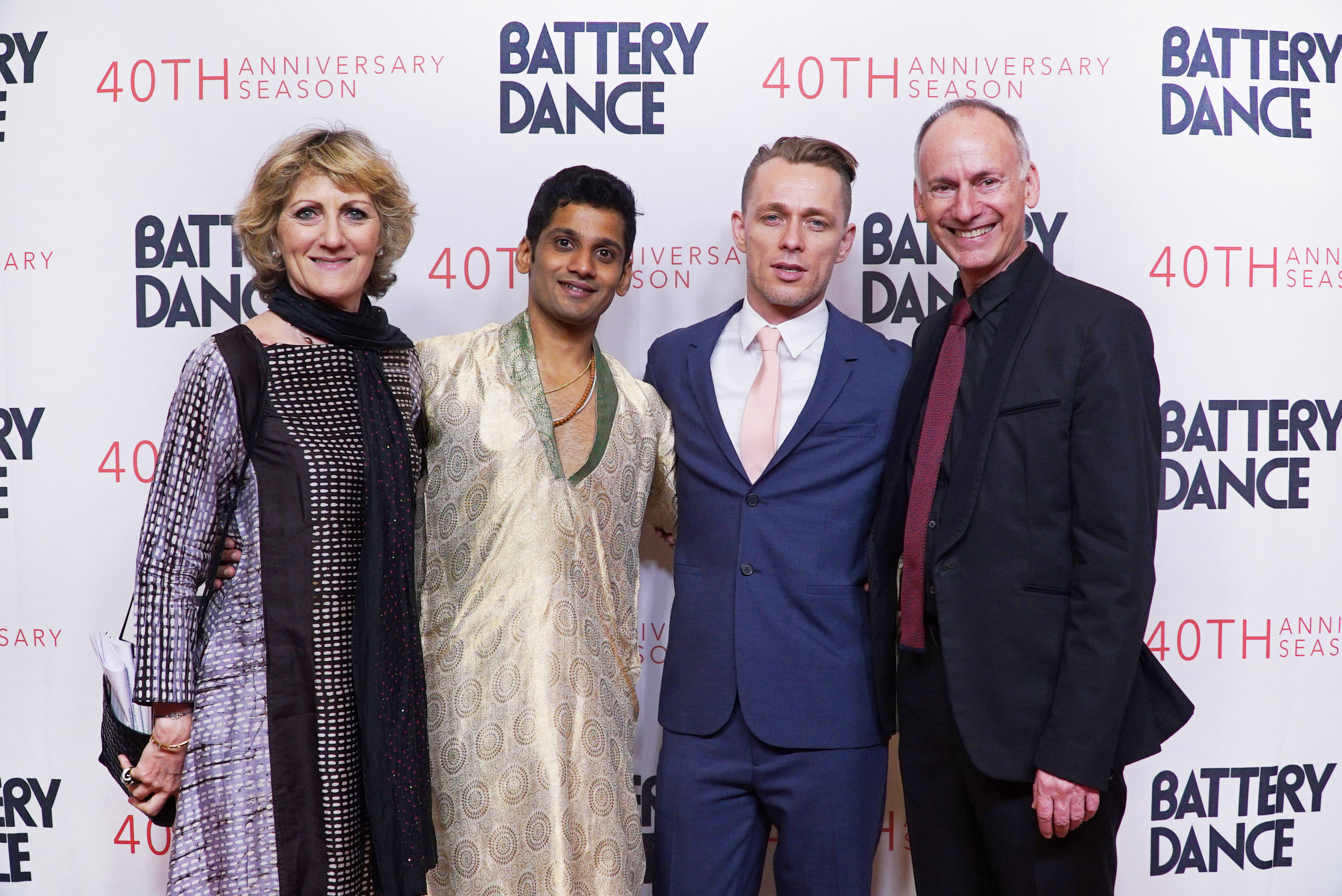
12 Questions for Jonathan Hollander
1.How much have things changed since the 90’s when you took the performers to India? Are you still doing this?
Memories of those tours of India in the early 1990’s will always be powerfully etched for me — arranging things with no internet and spotty fax connections; hunting for ISD booths in remote places in order to call ahead to the next town to make sure proper arrangements had been made; screaming, crying and ultimately laughing at the mini-catastrophes that seemed to happen as unpredictably as the monsoon rains. Touring in the fast-paced India of today is child’s play compared to the earlier experiences; but one thing remains the same — the warmth and hospitality of the Indian hosts and audiences. Our most recent tour of India took place two years ago and we are planning a big tour for next year.
2. What are the best memories of India during those days of constant travel?
Sitting in a private home in Kolkata, listening to the daughter of the house sing Tagore songs (beautifully, purely, simply); watching Darshana and Ranjana Jhaveri move seamlessly from the kitchen, where they were preparing dinner for us, into the living room where they demonstrated the lyrical moves of Manipuri dance; reconnecting with the Indian family with whom I had lived in 1968 as an AFS Exchange Student; performing for children in Mumbai schools and seeing their hands shoot up into the air with silent applause after each item; meeting Mrinalini and Mallika Sarabhai again, after many years gap, and choreographing works on their dancers for performance in costumes designed by Sandhya Raman who was then completing her graduate studies at the NID in Ahmedabad…
3. Is the climate still favorable in India to taking performers to India?
I think we Americans get very spoiled by our Indian counterparts, hosts and audiences. So much love is showered upon us. Expenses have gone way up for theater and lighting equipment rentals, but with the exchange rate being so favorable to us, things are not as bad for us as they could be.
4. I think you were ahead of your time as you always had a an all-embracing mantra – doesn’t this gel perfectly with our global times?
Yes, I do feel that being aware of the world as a whole and being open to different cultures and, in fact, being inspired by them, is a very productive path and one which can never be dull or played out. I recently heard a speech by Christine Lagarde at Tina Brown’s Women in the World Conference in which she said that it is impossible for the leaders of any country to believe that they can shut their borders and become an island of self-sufficiency. We are all completely dependent upon each other in a small community and in the broader community of the world. I don’t know how any artist could fail to be influenced by the free flow of culture.
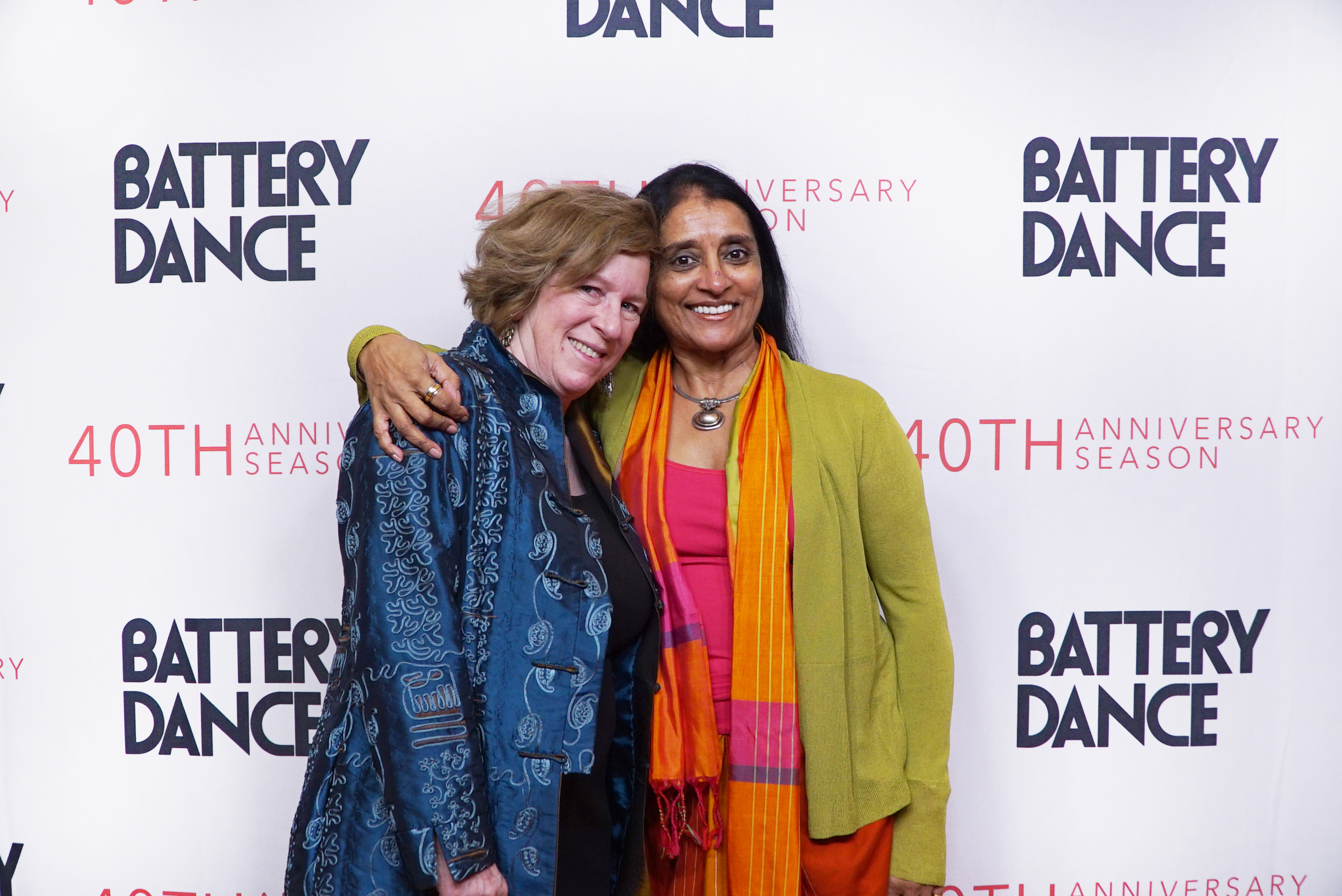
5. Which are the other countries you are involved with and how has your philosophy embraced diverse populations?
We have worked in 65 countries – and I don’t mean one-night-stands. We nearly always stay in a place long enough to run our Dancing to Connect program which is a series of creative workshops for youth and young adults which requires 20 hours of preparation before the final performance. So … we are ‘involved’ and engaged in a profound way everywhere we go. Having said that, India, Sri Lanka, China, Germany, Greece, France, Trinidad & Tobago – these are some of the countries in which we have had repeat programs. Diversity is a concept we actively embrace. Our own company is completely mixed in terms of ethnicity and background; and I think that makes it easier for us to attract diverse audiences.
6. Normally finances are a hard part of the arts world – how have you surmounted that?
There is no such thing as surmounting financial problems in the non-profit arts arena.
I suppose that one learns the ropes and gets a little bit better each year, but the challenges are always there. For example, when a year begins, there is no guarantee that support that came the year before will come again. My advice — if you are risk averse, don’t choose a career in the arts!
7. Which are the lasting friendships that you have formed in India?
The Jhaveri Sisters, Sunil Kothari, Mallika Sarabhai and her dear departed mother Mrinalini, Kumudini Lakhia and her circle of disciples, the lighting designer Dinesh Poddar … these are some of the longest lasting friendships among the arts community. But most profound is my relationship to the Mehta/Bhatt/Jhaveri family — the family I lived with in Mumbai as a teenager and whose relatives and mine have all become fused into one big international family.
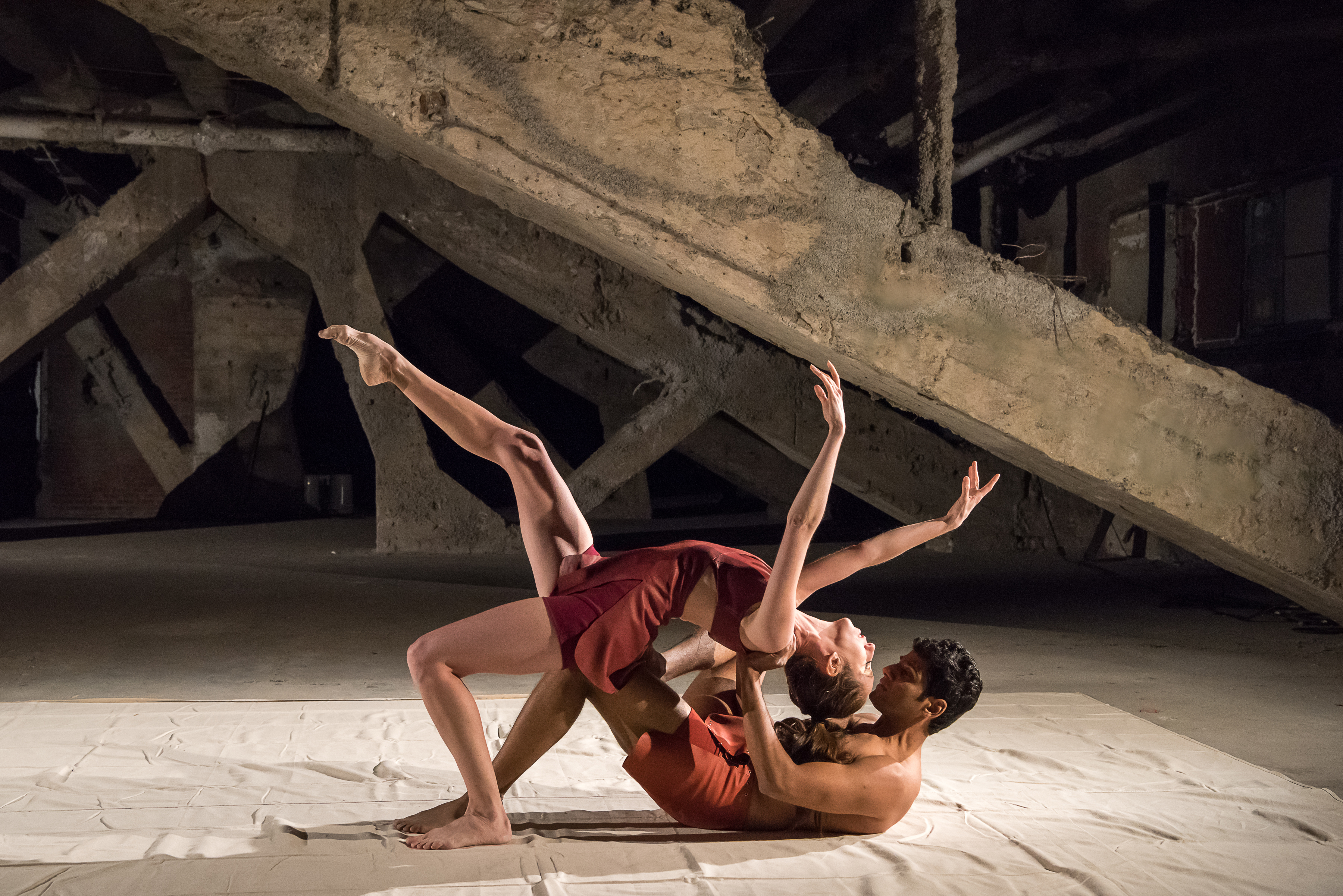
8. Could you describe the making of The Durga Project and the ideas behind the choreography, costumes and music.
The Durga Project had its serendipities, its magical mysteries, like all good art projects. You can’t approach a work of art as you would the crafting of a business plan. The seminal idea of the piece came from a recording of Raag Durga by Rajan and Sajan Mishra that I first heard in 1991. A pivotal moment occurred when I met with my dancers to discuss the making of a new production for the 40th Anniversary Season. I suggested bringing Unnath H.R. from India — a classical Bharatanatyam dancer with extensive yoga and folk dance training and experience at staging productions himself — into a collaborative process with our Company. At that suggestion, my dancers turned to me and said, ‘That being the case, then you must come back into the studio and direct this production yourself — because you are the one who knows and feels and loves India and our knowledge is superficial at best.’
In the studio for 4 weeks last Fall, we had Unnath and our five dancers experimenting with movement vocabularies, following sketchy ideas from me but developing them on their own bodies with their own answers to the tasks I set out for them. I don’t think there is a single movement in the 25-minute work that came from me. And yet the concepts, the flow, the order of the choreography and the shaping of the movements is mine.
In addition to Rajan & Sajan’s deeply inspiring music, Unnath introduced us to ‘Garuda’s Dream’ – a highly unusual piece of music arranged by Darren Sangita with contributions from the violinist Sukhdev Mishra and many others. We were haunted by it and, like Raag Durga, we felt that it lent scope for choreography.
The problem then came when we needed to find a way to transition from one piece of music to the other, involving a change in tempo and key. That is when I had the brainstorm to call on my dear friend and former collaborator (Songs of Tagore) Samir Chatterjee. In a mere 2 hours, he recorded tabla solos that created the perfect bridges for the piece and in fact the tabla become the story teller that wove the piece together appropriately because in both of the pre-recorded segments, the tabla plays a very active role. Samir doubled the tabla towards the end of the first segment, took off on his own fantasy that involved changing to a different set of tablas tuned to the next key and then attaching onto the tabla in the second piece. I know of no other musician who could have done this so quickly, creatively and fittingly
9.Tell us about the costumes for The Durga Project – was the choice of avoiding overly Indian fabrics and designs a conscious one.
As for the costumes, I began discussing the concept of Durga with Sole Salvo last fall and invited her to see the work in progress in the studio. We knew exactly what we wanted to avoid: diaphanous silks, brilliant colors, ornamentation that would run the risk of being derivative imitation or worse, a Westerner’s idea of ‘India’… Sole went back to the very basic idea of Durga as a warrior goddess and came up with the idea of using leather instead of silk, cotton or stretch fabrics. Using metal grommets as decoration is very au courant in high fashion at the moment and so is leather. She brought in a nod to India in several subtle ways — the spice tones of the leather costumes; and the paisleys and other Indian designs hand-crafted with metal sequins. The men’s loin clothes reference the dhoti without being a dhoti; and bare chests make the men vulnerable at times; primitive and hunter-like at others; sensuous at still others.
10. Will you take The Durga Project to India?
It is our very strong wish to bring The Durga Project to India next year, India’s 70th Year of Independence. Our plan is to request proposals from Indian dance companies and choreographers in various cities who would like to create their own pieces on the theme of Raag Durga. That way, we could present a mixed program with local and international companies unified as to the theme but completely different in terms of vocabulary and execution.
Having brought our Dancing to Connect program to India in 2014, working with survivors of human trafficking in Delhi and Badlapur, we hope to incorporate a social outreach component in the tour — using the powerful woman, Durga, as an inspiration for girls who are at risk in some way or simply to help build self-esteem and engender creativity.
11. Finally, what did you get from India that you still carry – and will always carry with you?
Many things! Among them, the lesson that in order to pursue a life in the arts, one must be willing to make sacrifices – financial ones, yes of course, but also leisure time. We dancers almost never have time to go on sabbatical, to refresh, to sleep a decent 8 or 9 hours. My art teacher at the New Era School in Bombay, Dinesh Shah, helped me to understand the need to sacrifice in order to pursue an artistic passion. I remember his nurturing voice and his encouragement to this day.
12. Your favorite piece of wisdom from India.
I remember my Indian parents telling me that many of the greatest performing artists and crafts people of India were content to work in obscurity, not to leave their native places, and to continually strive to the heights of perfection which they knew they could never reach. These messages have helped me when the daily grind sometimes seemed too much and the pay-off too little. The audience response over the past week has certainly energized me and filled me with great expectations for the upcoming performances of The Durga Project in Dallas, Houston and perhaps Austin; as well as India next year!
